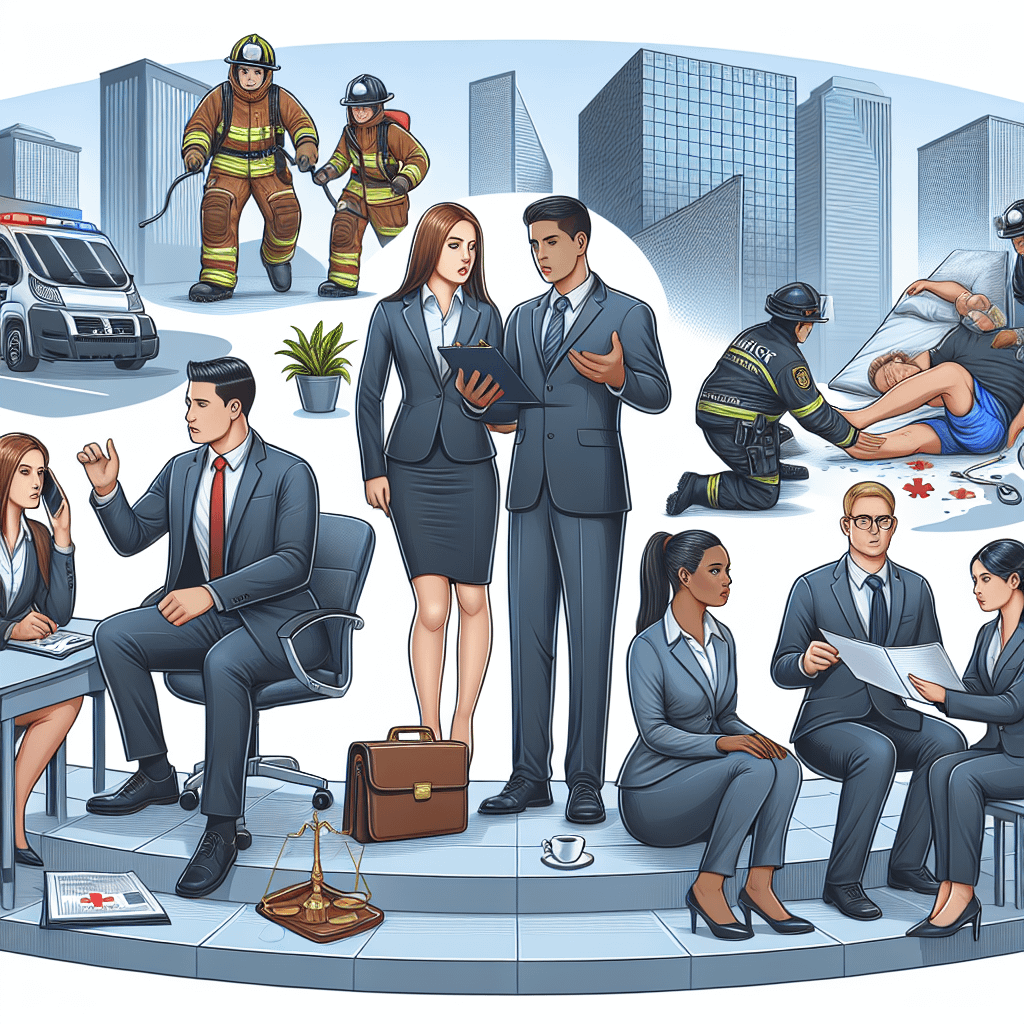Experiencing a slip and fall accident can be quite unsettling, but knowing what steps to take can help ensure that you protect your rights and well-being. Whether it happens in a grocery store, at work, or even on a public sidewalk, these accidents can lead to injuries and unexpected medical expenses. Here’s a friendly guide to help you navigate the aftermath of a slip and fall:
1. Prioritize Your Health and Safety
Your health is the most important priority after a slip and fall accident. If you are injured, it’s crucial to seek medical attention immediately, even if you think your injuries are minor. Some injuries might not be obvious right away, and a healthcare professional can assess and document any injuries. Visiting a doctor also creates a record of your injuries, which can be important later if you decide to pursue a legal claim.
2. Document Everything
As soon as you are able to do so safely, start documenting everything related to the accident. Use your phone to take pictures of the scene, focusing on any hazards that contributed to your fall, such as wet floors, broken railings, or uneven surfaces. Capture different angles of the scene, and note any signs or warnings—or the lack thereof—nearby.
If there were any witnesses, write down their names and contact information. Witnesses can provide additional support to your account of what happened, especially if you decide to file a claim.
Example:
Imagine slipping on an unmarked wet floor in a supermarket because an employee had just mopped up a spill but didn’t put out a caution sign. In such a case, photos showing the lack of signage and the wet floor can be instrumental.
3. Report the Incident
Report the accident to the appropriate party as soon as you can. If your slip and fall happened in a store or other place of business, notify a manager or owner. At work, report the incident to your supervisor. This not only creates an official record of the incident but also prompts the property owner or business to take actions to prevent future accidents.
When reporting the accident, stick to the facts and avoid making any admissions of fault. You can say something like, “I just slipped on the floor near aisle six; there didn’t seem to be any warning signs.”
4. Safeguard Evidence
Preserve any clothing and footwear you were wearing at the time of the fall, as these could be relevant if there’s a dispute over the conditions that caused the slip. Keep these items in the same condition they were after the accident, and avoid washing them right away.
5. Track Related Documentation
Keep a detailed record of all expenses related to the slip and fall accident, including medical bills, transportation costs to and from medical appointments, and even prescription medications. Maintaining thorough records helps illustrate the incident’s impact on your finances.
6. Consider Legal Advice
Even if handling things on your own seems tempting, consulting with a personal injury attorney can be a wise step. They can provide you with insights into your rights and guide you through the process of making a claim. Many lawyers offer free consultations, so you won’t need to worry about upfront costs when seeking initial advice.
7. Be Mindful of Time Limits
In personal injury cases such as slip and fall accidents, there is typically a statute of limitations, or time limit, within which you must file a lawsuit. This varies by jurisdiction, so it’s crucial to be aware of the specific time limits in your area. Failing to file a claim within this period could mean losing the right to seek compensation.
In Summary:
Experiencing a slip and fall can be distressing, but taking these steps can help you manage the fallout more effectively. By focusing on immediate health care, documenting the scene, and reporting the incident, you’re laying a strong foundation for any potential claim. When in doubt, don’t hesitate to reach out to a professional for advice to ensure that your interests are protected. With the right approach, you can navigate the situation with greater confidence.








